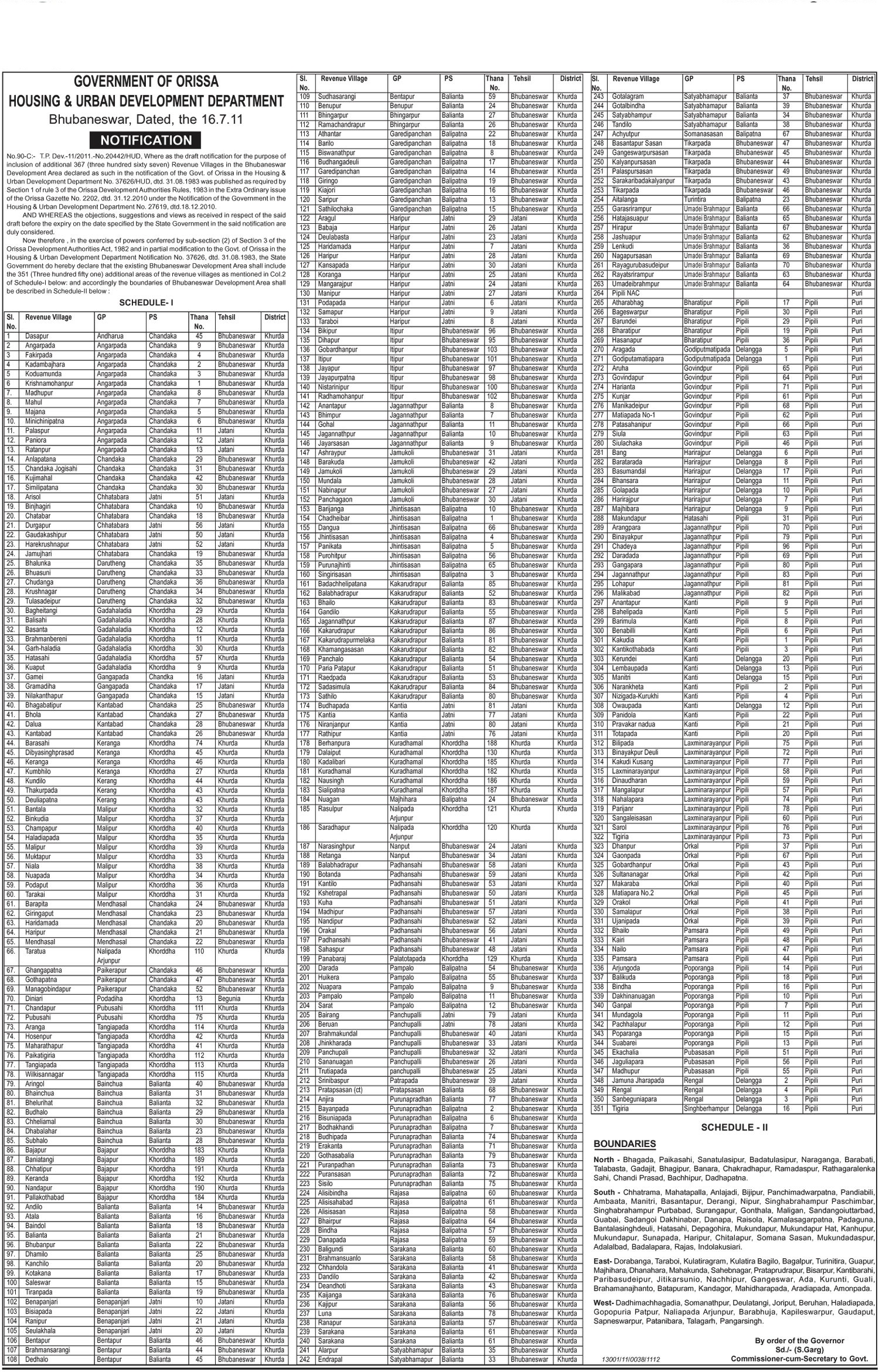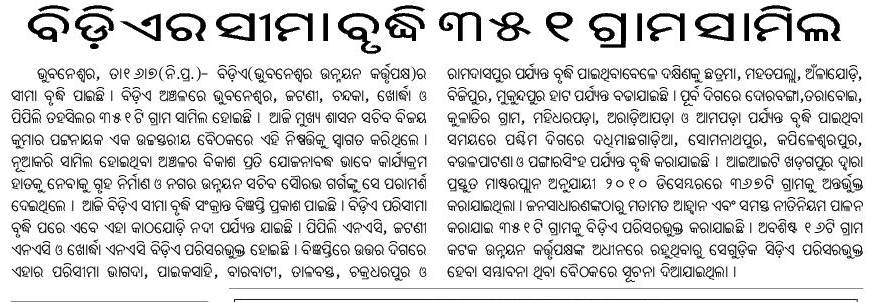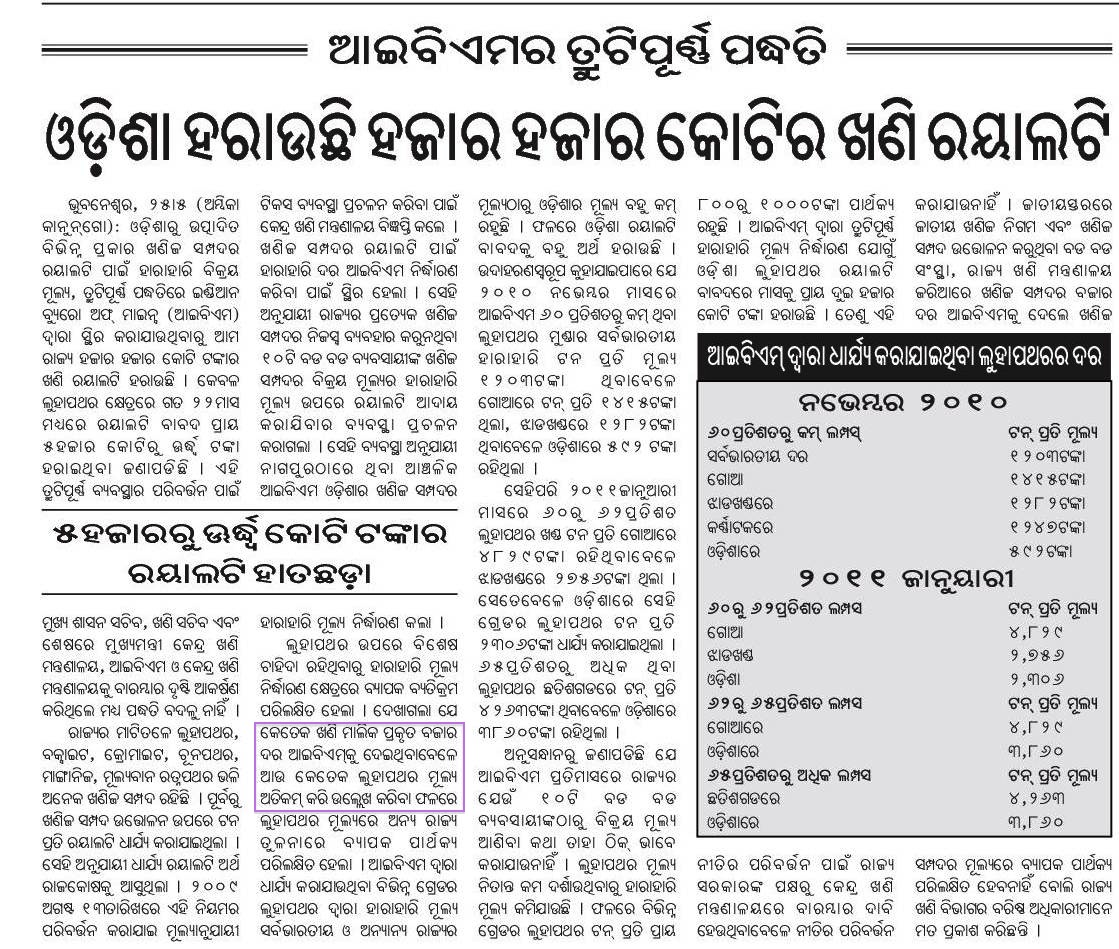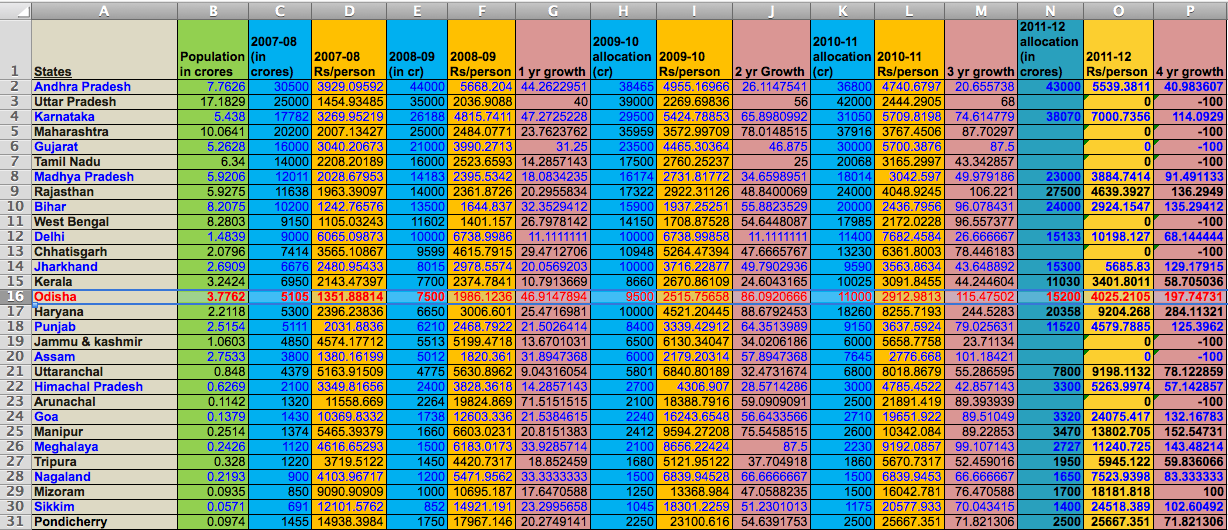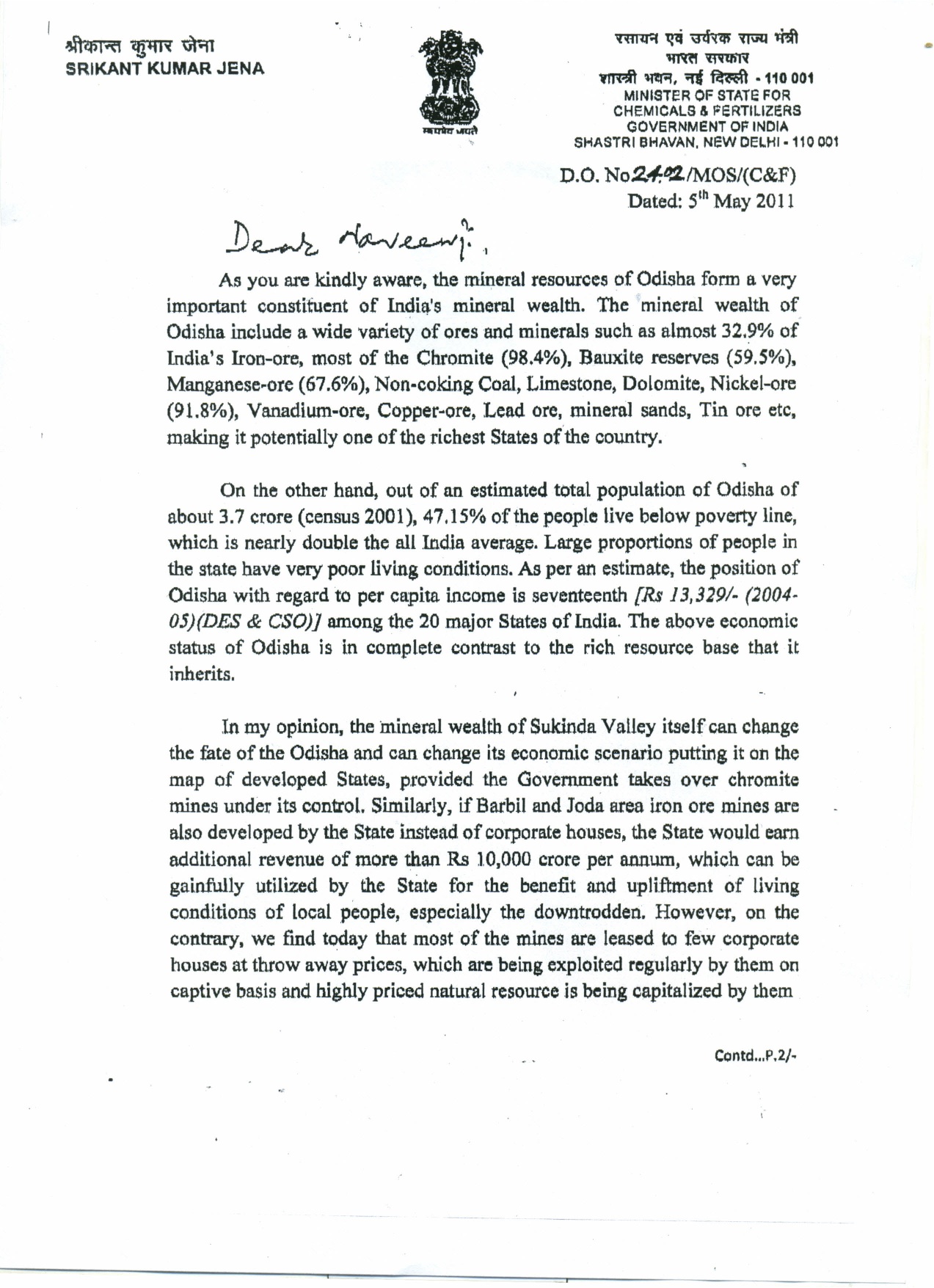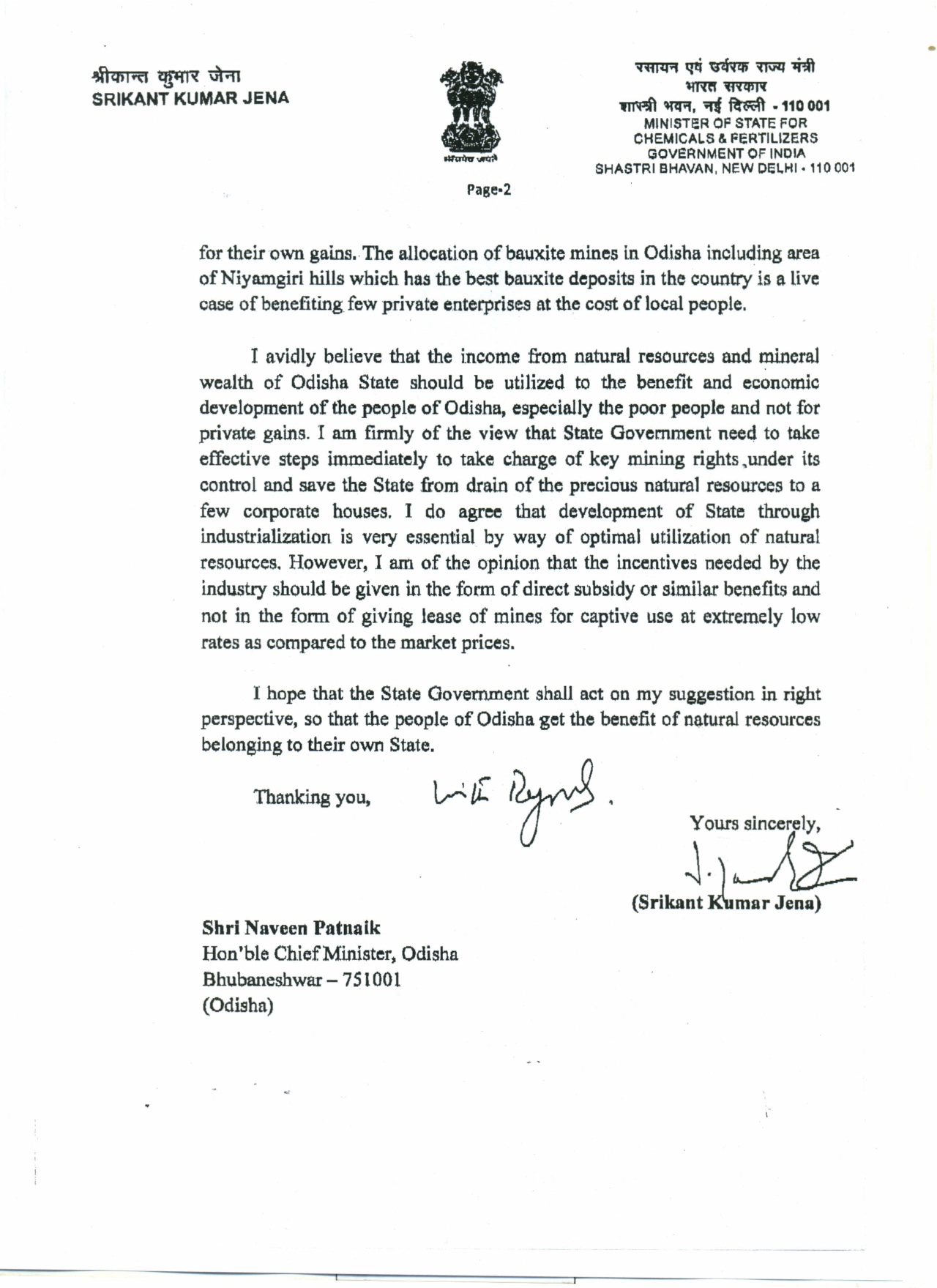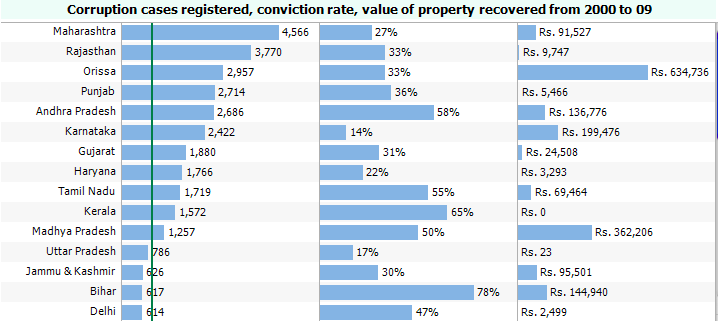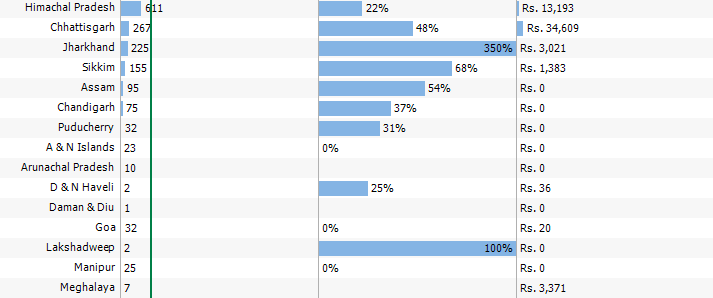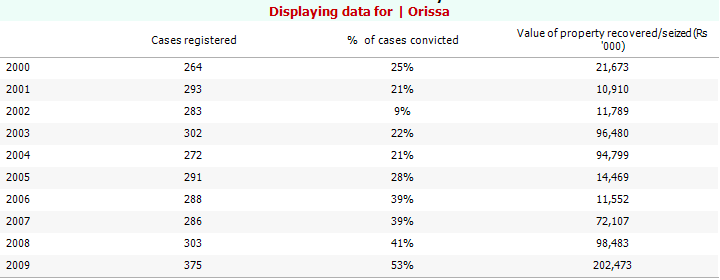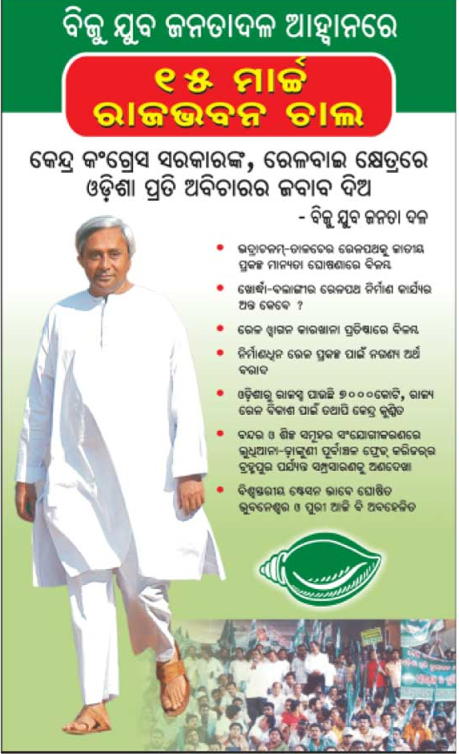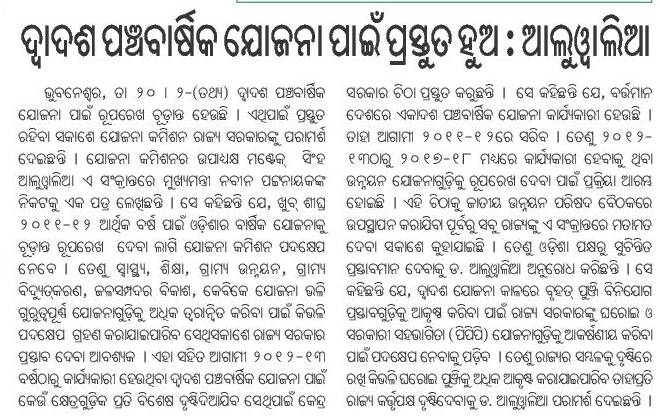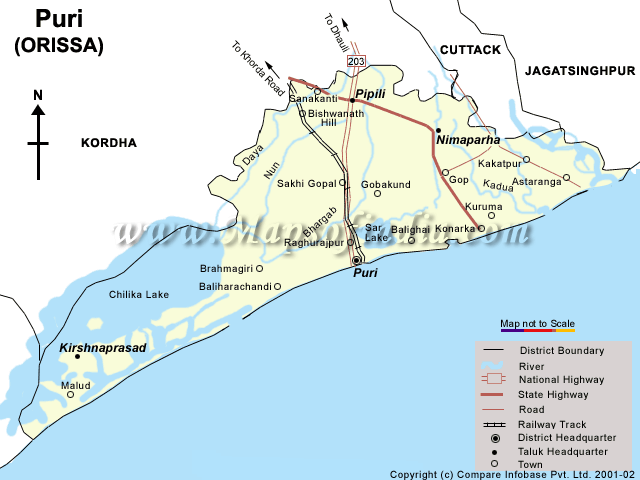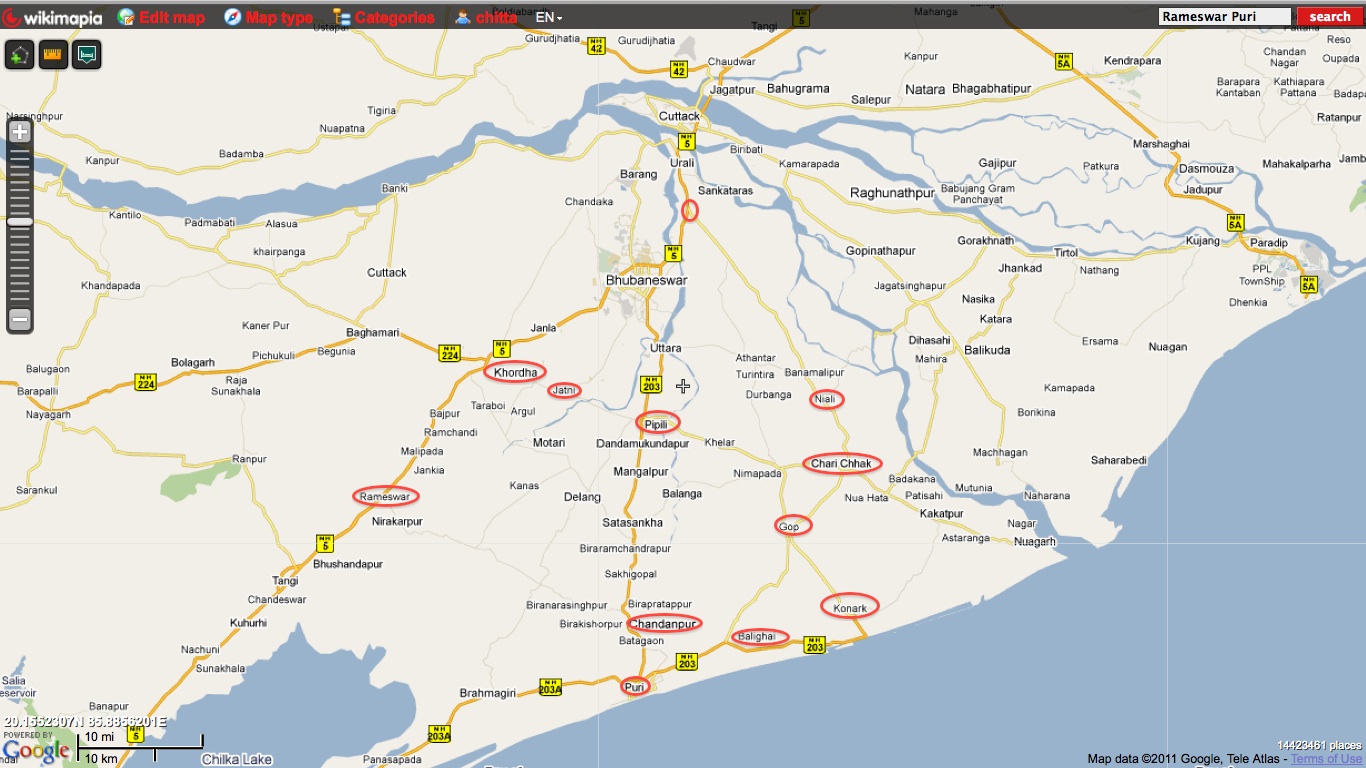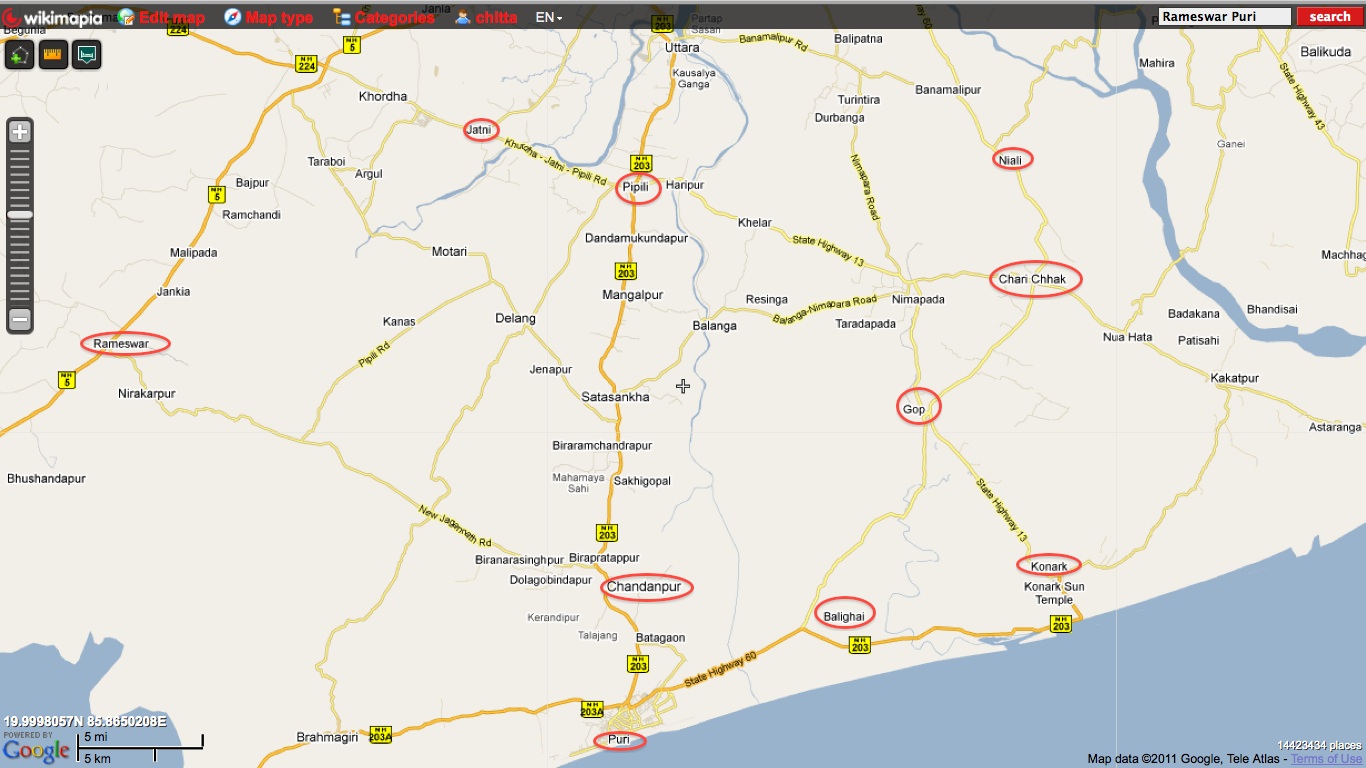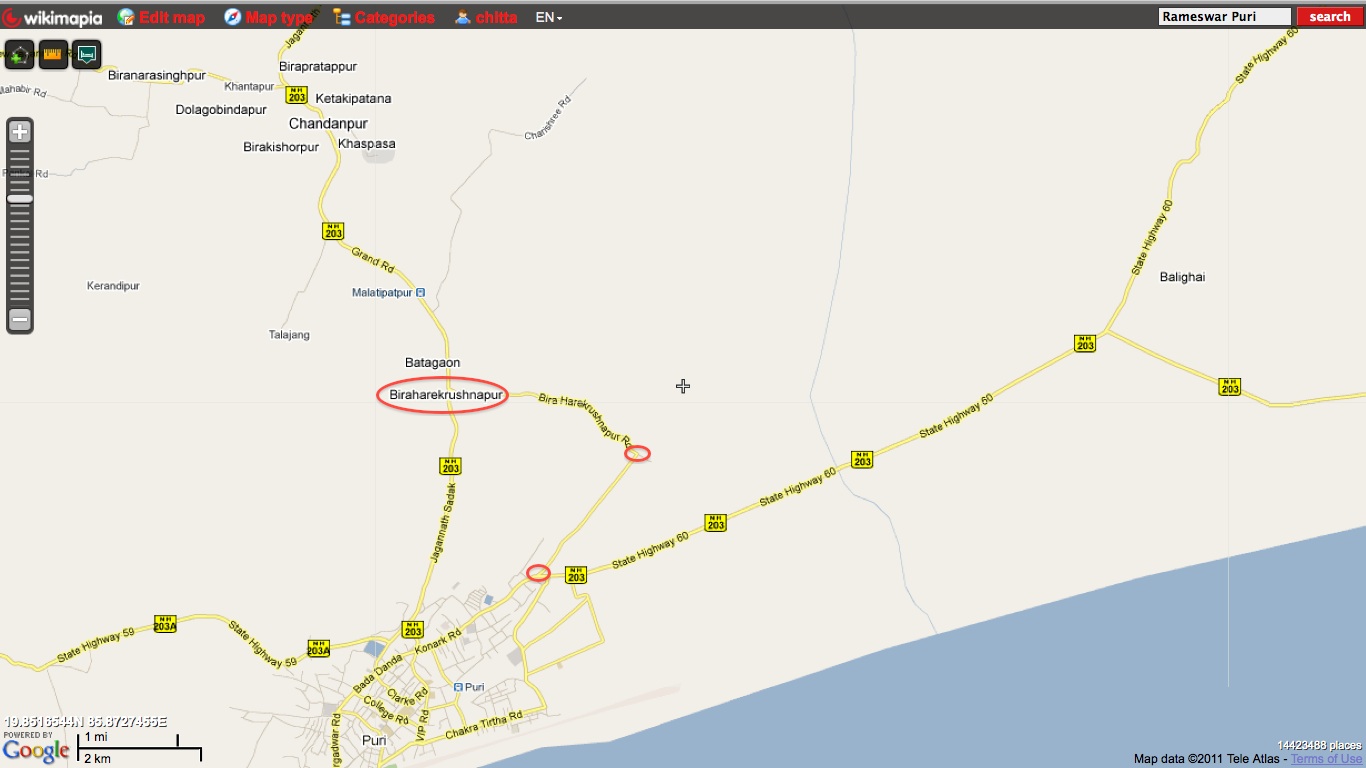(Thanks to http://orissadiary.com/CurrentNews.asp?id=26974.)
Hon’ble Deputy Chairman, esteemed Members of the Planning Commission, Hon’ble Chief Ministers of the eastern region, senior officers of the Planning Commission and State Governments.
2. Let me convey my appreciation to the Planning Commission for initiating the regional consultation process with State Governments and other stakeholders for finalizing the Approach to the 12th Five Year Plan. The Planning Commission has identified twelve strategy challenges for the Twelfth Plan. These strategy challenges need to be carefully analyzed at the State level. While it may not be possible to discuss in detail all strategic issues, I would like to highlight a few major aspects concerning the development needs of States like Odisha.
3. The first challenge of the 12th Plan is to enhance the economy’s capacity for growth and to mobilize adequate resources from various sources. It may be worth mentioning that the economy of Odisha has historically grown and diversified at a very slow pace except in the last decade when it has achieved a real average growth rate of more than 9 percent per annum at 1999-2000 prices. The per capita income of Odisha is much lower than the national average and the poverty and other human development indicators for the State are very adverse. The State has a limited capacity to raise its own resources. Though the State has been making all possible efforts to raise resources needed for public investment to maintain the growth momentum, there would still be a substantial gap between investible funds that can be mobilized by the State and the level of investment required. To meet this gap, there has to be a national framework by which larger resources can flow to Odisha and similarly placed states. Any national growth strategy has to give special attention to states having special development needs. Odisha, with about 40 percent population of Scheduled Tribes and Scheduled Castes, has a special need to accelerate their development and improve their human development indicators.
4. Odisha favours a development approach that encourages less developed states to grow faster than the national average over a long period of time in order to bridge the widening income gap between poor and rich states and to reduce poverty at a faster pace. The development approach should also focus on: (a) scaling up investments in agriculture and allied sectors that need to perform above the national average over a long period of time, (b) mitigating adverse impacts of natural calamities and other shocks including climate change, (c) accelerating the development of depressed regions and marginalized classes including Scheduled Tribes, Scheduled Castes and women to substantially reduce regional, social and gender disparities and ensuring inclusive growth, (d) building and substantially improving rural and urban productive infrastructure such as roads, bridges, irrigation projects and ports, (e) strengthening social security system by way of allocating higher resources to primary education, health services and nutrition programmes, (f) addressing the problem of unemployment and under-employment, particularly among young persons and improving their employable skills, education and soft skills to harness opportunities that the growing economy may create, (g) improving the delivery of public services for the poor, (h) increasing convergence of resources from various sources and development programmes for faster poverty reduction and (i) continuing vigorously Public Sector Reforms Programmes, enabling policy framework and improving investment climate.
5. In Odisha and other eastern states, large populations still live in villages and majority of them subsist on agriculture and allied sectors. We, therefore, endorse the view of the Planning Commission that transforming rural areas and achieving high sustainable growth in agriculture and allied sectors is a crucial challenge for the 12th Plan. There is an urgent need to take appropriate measures to raise productivity of the agriculture and allied sectors so that the income and employment opportunities in these sectors are enhanced in a sustained manner. A vibrant rural economy is needed to ensure increased rural incomes and employment which would be a strong contributor for poverty reduction. The strategy paper should focus on expansion of irrigation, watershed development and saturation of watersheds, diversification of crops, rural marketing, strengthening of agricultural extension and technology transfer, crop insurance and rural infrastructure. The plan strategy should also look at ways in which farmers can get remunerative prices for their produce and ensure that the terms of trade do not move adversely against the farm sector. Availability of credit is also critical for increasing farm output. We, therefore, urge Government of India to put in place an appropriate macro policy framework to make the farm sector productive and profitable and to liberally fund development activities of agriculture and allied sectors, particularly in less developed states.
6. Increasing irrigation potential and drought proofing are critical pre-requisites to enhance agricultural productivity. In Odisha, substantial areas need to be brought under assured irrigation. Out of about 59 lakh hectare irrigable area, we have been able to tap the potential only of about 30 lakh hectare by now. We, therefore, urge that the funding under AIBP be stepped up adequately. I would like to add that there is a need to extend AIBP funding to lift irrigation projects and innovative community based irrigation programmes such as our Biju Krushak Vikas Yojana (BKVY). It is worth mentioning that the BKVY has been lauded and promoted by NABARD.
7. A major concern, however, is that though the share of agriculture and allied sectors has been declining in Gross State Domestic Product, the proportion of people dependent on agriculture and allied sectors has not been declining in the same proportion. Major benefits of the economic growth, which has occurred mainly in the service and industrial sectors, flow largely to educated and skilled manpower. There is, therefore, an urgent need to raise the skill levels of large sections of the population, particularly youth, so that they may find remunerative employment and livelihood opportunities. A growth strategy that promotes desired skills and skill-based employment opportunities to youth and others has to be given prominence in the approach paper for the 12th Plan.
8. Development of small scale industries in clusters, ancillarisation, linking industries to supply chains would have to be accorded due attention in the 12th plan strategy. Employment potential, income generation and export potential of micro enterprises, handicrafts, handlooms and other traditional sectors have not been tapped fully. Promotion of tourism and other service sector activities are to be given greater importance in the plan strategy. The efforts of the States in these areas will have to be strengthened by appropriate resource flow and policy inputs by Government of India and this has to be emphasized.
9. For Odisha and other mineral bearing states, mining and related industrial activities are very important. Achieving strong growth in these sectors is critical in increasing incomes and poverty reduction. However, these activities impose significant economic, environmental and social costs in terms of displacement of people on account of land acquisition, loss of their livelihoods and mounting pollution problems. There is a need for a national policy framework to address these problems in an efficient, equitable and sustainable manner.
10. We have taken several initiatives including the single window clearance mechanism, transparent procedures and well thought out R&R policy, which have been put in place for facilitating setting up of industries. As a result, there has been a surge in the private sector investments in mining and related industries. We would like to consolidate and strengthen this with due regard to sustainable development and environmental protection as a part of the growth strategy for next plan. However, in order to attract private sector investment, there is immediate need for high levels of investment in infrastructure like roads, ports, railways, power generation and power transmission and distribution. My state has already initiated PPP mechanism for infrastructure development in the field of port and road development. But PPP alone cannot be the answer to infrastructure development in most eastern states including Odisha. In fact, poor states like Odisha need greater investments in the non-PPP mode than more advanced states where returns on investment in infrastructure will be much higher. Mobilizing adequate resources for high quality infrastructure in poor states is a greater challenge and the 12th Plan should have appropriate central schemes for liberal funding of infrastructure projects in poor states.
11. Macro policy distortions are proving to be a hindrance to Odisha and possibly other States, which are rich in minerals, in proper husbanding of those resources. Royalty structures are such that the States are losing out substantially in resource generation potential due to very low royalty rates and delayed revisions of royalties on coal, iron and other minerals. We urge the Government of India to revise the rates of royalty on coal and other minerals in a timely manner and to compensate the mineral bearing states for revenue losses sustained by them due to late revision of mineral royalties and other causes, as recommended by the 13th Finance Commission. We reiterate our earlier demand for increasing mineral royalties on ad valorem basis from 10 percent to 20 percent of market prices of coal and other minerals.
12. With a view to contributing to the national efforts for augmenting power production, the State has planned production of 50,000 MW of power. The establishment of new power plants, however, imposes significant economic, environmental and social costs on Odisha and other mineral bearing states in terms of displacement of people on account of land acquisition and loss of their livelihoods and mounting pollution problems. Whereas power and coal consuming states benefit because of low costs of coal and power, revenues from electricity duty on consumption and revenue from sales of surplus power, the host states like Odisha bear most of economic, environmental and social costs. This scenario leads to an inequitable sharing of costs and benefits from the coal mining and thermal power generation. We have been repeatedly requesting the Government of India to put in place, by way of suitable amendments to the Electricity Act 2003 and the National Thermal Power Policy, appropriate institutional arrangements which would result in fair sharing of costs and benefits of coal mining and thermal power generation. It is our long standing demand that the host states should get 25% free power from Independent Power Producers and 33% free power from coal reject based power plants on the lines of the National Hydro Power Policy. We also urge Government of India that the funds collected under the National Clean Energy Fund should be given back to the States from where coal has been mined to help them take up environment remediation measures.
13. The 12th Plan should also focus on substantially improving human development indicators and stepping up investments in social sectors, particularly health, education, poverty eradication and other social safety nets. There is also need to make adequate provisions for gender equality, child and women welfare and welfare of other disadvantaged sections. Special efforts are needed to arrest fast declining sex ratio among children in 0-6 year age group and to improve the welfare of girl children.
14. Correction of intra-state imbalances has been receiving special attention in the plan strategy of my State. Heavy incidence and persistence of poverty in KBK region of the State has been a cause of concern for the State Government. Though the region has improved through implementation of the Revised Long Term Action Plan, it still lags behind many other regions of the State. In order to bring this region at par with other areas, the RLTAP has to be extended for at least ten years beyond the 11th Plan with increased funding. We would also suggest that backward district initiative may be extended to more districts of my State which are equally backward.
15. We have taken a number of steps to promote decentralized planning at district and sub-district level. District Planning Committees have been constituted and are functional in all 30 districts in Odisha. We have also constituted District Planning & Monitoring Units in all 30 districts to assist District Planning Committees for consolidating district plans and monitoring the implementation of various development programmes. I may add that Odisha has been preparing annual district plans since 2008-09 in a consultative and participatory manner. Summaries of district plans have been incorporated in the State Annual Plans since 2010-11. Increasing efficiency and expenditure has been a thrust of our reform initiatives. Outlays are being increasingly linked to outputs and outcomes both on Plan and Non-Plan side.
16. We support this consultative process for preparing the approach paper for the 12th Plan. We may also like to add that a uniform policy and uniform programmes for the country as a whole have produced distorted growth, and created inequalities, within different parts of the country. As a result, regional imbalances have cropped up. The objective of the 12th Plan should be to correct these distortions by region-specific interventions. I hope the regional consultations will prove the right beginning for such an approach for the 12th Plan.
17. Orissa should be declared a special category state.
Thanking you.
I think it is time the tone of Odisha’s request change. We should not ask to be declared a special category state.
We should forcefully demand that Odisha gets properly compensated for its minerals; years of neglect on some of its infrastructure aspects (such as railways) be corrected; environmental impact due to mining (especially coal mining) and power production be suitably addressed; the tribal areas (of Odisha as well as other states) be declared as special regions and special funding (to the tune of J & K and North East) be allocated to address them; and various central ministries must be ordered to treat each state fairly instead of channelling bulk of their funds to the states from where the ministers come from.
